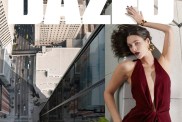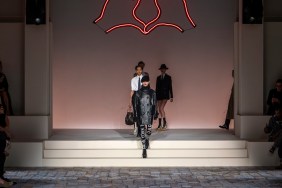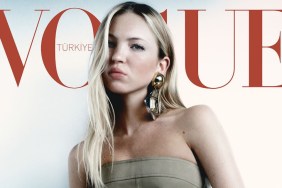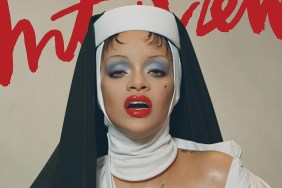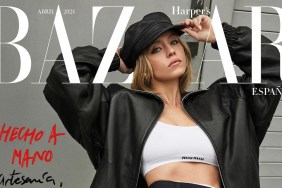
Her start in the fashion industry came, like so many others, in the retail industry. Her father arranged for her to work at Biba in her school years, but upon dropping out of school, she set her sights on journalism and was hired as Editorial Assistant at Harper’s & Queen in 1970.
After disagreements with then-editor Min Hogg, Wintour left the publication in 1975 and moved to New York. Staying in the Harper’s family, she became a Junior Fashion Editor at Harper’s Bazaar upon her arrival in the U.S. Her innovative work style, which had been developed and, to an extent, revered while in the U.K., was a step too far for the renowned publication, and she was fired after less than a year.
After taking a break from the industry, her then-boyfriend helped Wintour to be hired on as Fashion Editor of Viva, the new women’s magazine associated with the publishers of Penthouse – a fact that Wintour frequently omits when recounting this part of her life.
It would be a few years after Viva before Wintour would get her feet back in the mainstream industry. In 1980, she became the Fashion Editor of Savvy, a women’s magazine marketed towards confident, career-driven women. The following year she was hired by New York Magazine, and began attracting attention in the New York scene. It was at New York that she would learn the power of the celebrity cover – a factor that would be essential to her success at Vogue.

She went over Mirabella’s head and was hired by Vogue publisher Alex Liberman in a new role, Creative Director. Her success at the magazine led to her being chosen to replace Beatrix Miller as the editor of British Vogue.
After marrying in New York, and just after giving birth to her first child, Wintour moved back to London and dramatically changed the title. This transition and her now-brewing reputation as a tough but innovative editor led to her being drawn back to New York to take the helm at House & Garden.
Although her constant trips back to New York at the expense of the publisher surely had some effect on the decision, those at House & Garden didn’t know what was coming – members of the editorial staff say that she destroyed the magazine in about two days, and her preference for fashion was made evident when she renamed the magazine HG and plastered the pages with photo editorials and fashion advertisers.

With the rise in circulation of ELLE, the publishers needed a fresh voice, and with Wintour, they got it. Her tenure at Vogue has been successful. She has raised the status of the magazine as one of the lifestyle bibles of the publishing industry.
She began making more frequent appearances in the media in the past five years, likely a reaction to the recession, and being the apparent inspiration for the popular book and film The Devil Wears Prada. She was the subject of a 60 Minutes profile, and in 2007, filmed the now industry acclaimed documentary The September Issue, with R.J. Cutler.
A long time supporter of charities and the New York social scene, it is clear that Anna Wintour’s reach goes way beyond the pages of Vogue. She has acted as broker to some of the most influential staffing shifts in fashion, and is revered as the head of the New York mainstream fashion world.



